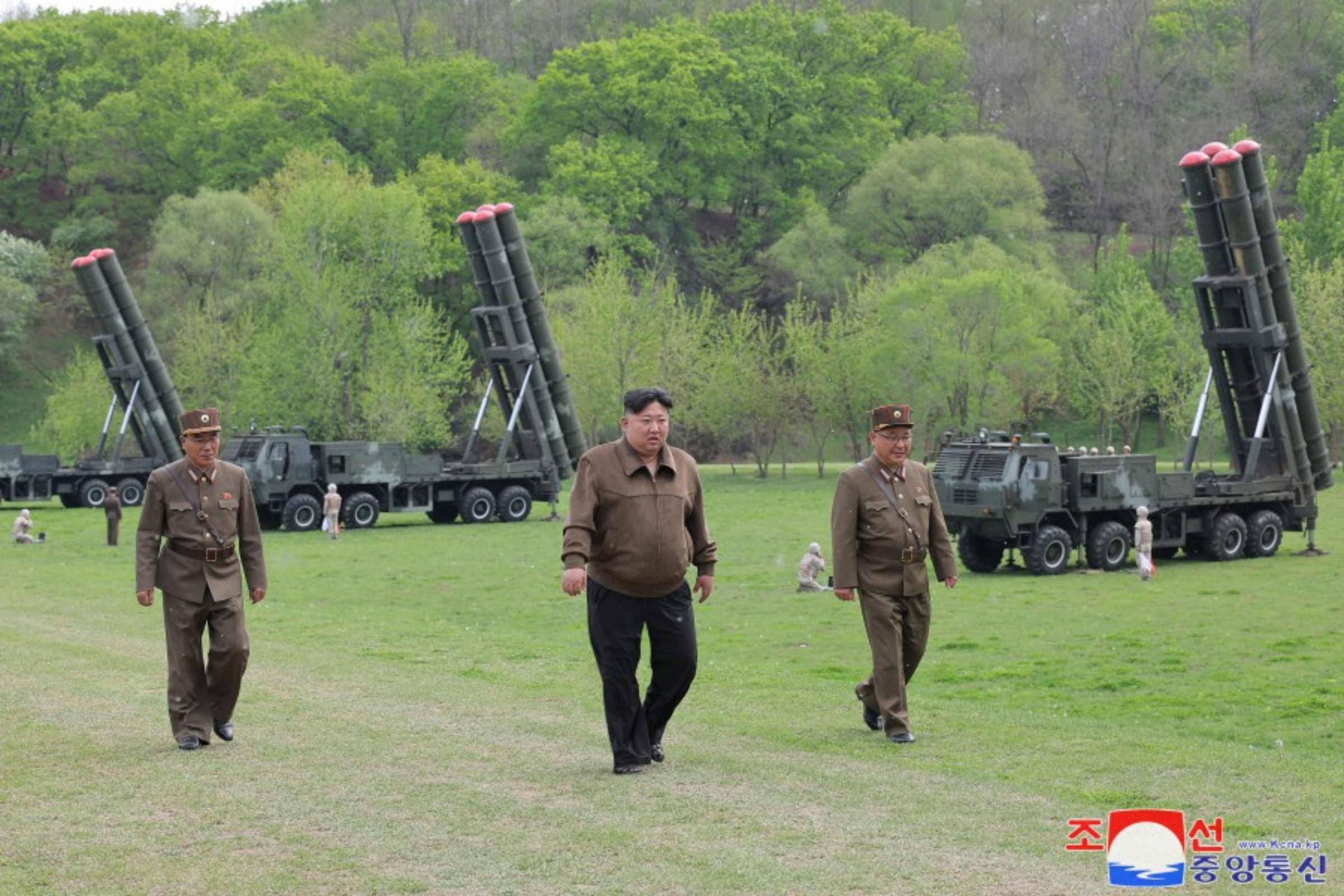A top South Korean official raised concerns on Monday regarding the near completion of North Korea’s nuclear weapons development specifically designed for battlefield usage.
During an interview with Japanese media in Seoul, South Korean Defense Minister Shin Won-sik emphasized the necessity of collaborative efforts between South Korea, Japan, and their common ally, the United States, to address the threats posed by Pyongyang.
Shin highlighted the mutual threat faced by South Korea and Japan, where the U.S. has stationed troops to support its allies, from North Korea’s nuclear weapons program in an interview with Yomiuri Shimbun.
He mentioned that although no confirmed deployment has been announced, there is belief that the development of tactical nuclear weapons is in its final stages, representing an “accelerating development” process. There is a possibility of North Korea attempting to use nuclear weapons, including those targeting U.S. military bases in Japan, in crisis situations.
Tactical nuclear weapons, as classified by the Arms Control Association, are designed for shorter ranges and lower yields compared to strategic nuclear weapons, which have intercontinental reach capable of destroying entire cities. They are typically used for military engagements on the battlefield.

North Korea, following six nuclear tests, has claimed possession of tactical nuclear weapons and conducted exercises to assess its counterattack capabilities. However, the true size of its nuclear arsenal remains undisclosed.
According to the Stockholm International Peace Research Institute, Pyongyang had an estimated 50 nuclear weapons as of January, with potential material for producing 90 more. A law passed by North Korea two years ago solidified its nuclear status as “irreversible.”
Joseph Dempsey, a research associate focusing on defense and military analysis at the International Institute for Strategic Studies, highlighted the close link between North Korea’s regime survival and its nuclear weapons development and delivery means.
Currently, there are around 54,000 American military personnel stationed in Japan and 28,500 U.S. service members deployed in South Korea, with the U.S. forces in Japan operating to support regional operations during crises and contingencies.
South Korea’s defense chief also expressed concerns regarding the quasi-alliance between Pyongyang and Moscow, mentioning a treaty signed by Kim and Russian President Vladimir Putin in June, pledging mutual military assistance in case of attack on either party.

Recent reports indicated North Korea had shipped a significant amount of arms to Russia, with concerns that Pyongyang supplied ballistic missiles to Moscow as well.
In December of the preceding year, Russia tested and launched North Korean-made missiles at targets in Ukraine, following the testing of these missiles, according to analysis from the U.S. Defense Intelligence Agency in May.
During a meeting with Russia’s Deputy Defense Minister Aleksey Krivoruchko in Pyongyang on July 18, Kim discussed enhancing military cooperation between North Korea and Russia for mutual security interests, as reported by North Korean state media.
